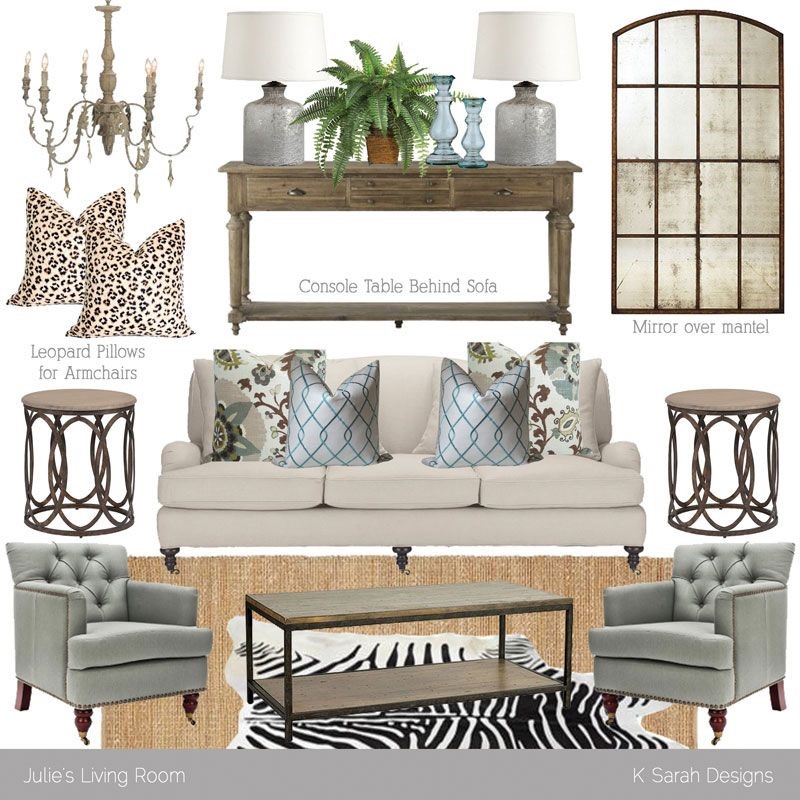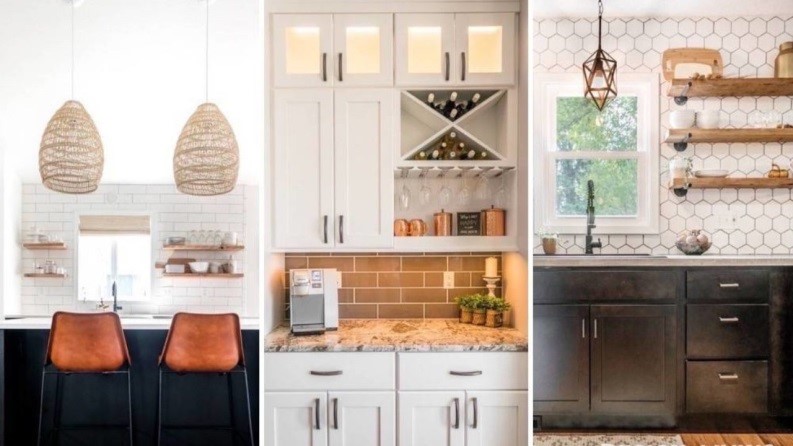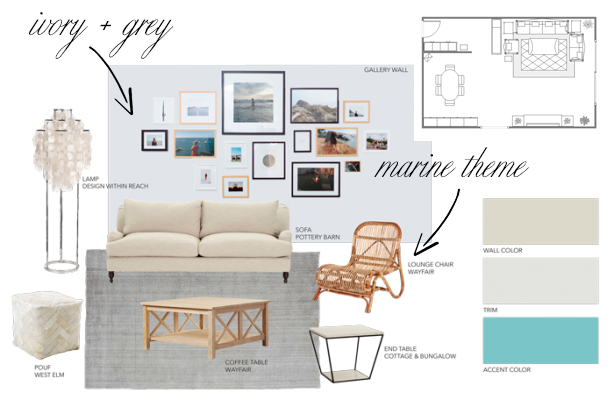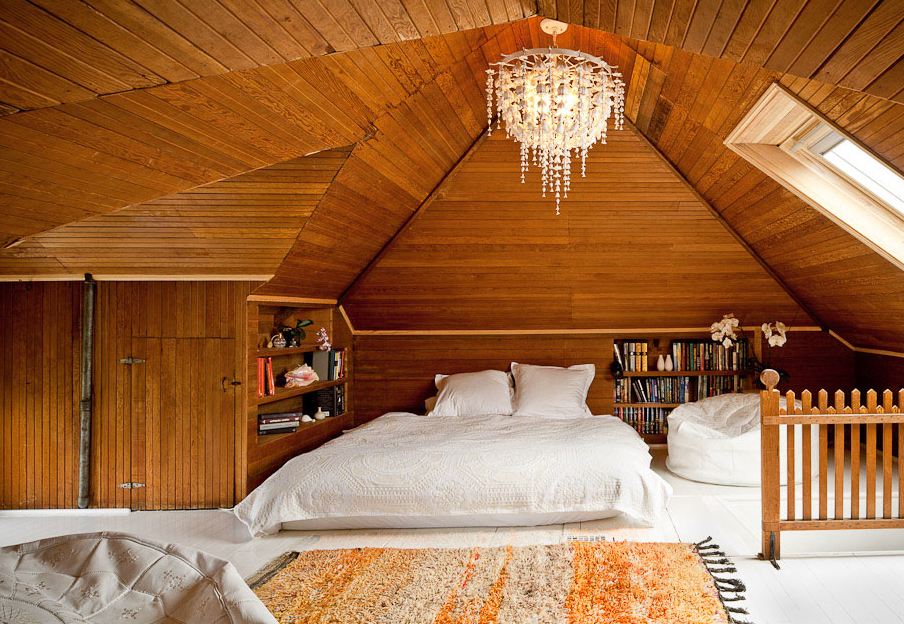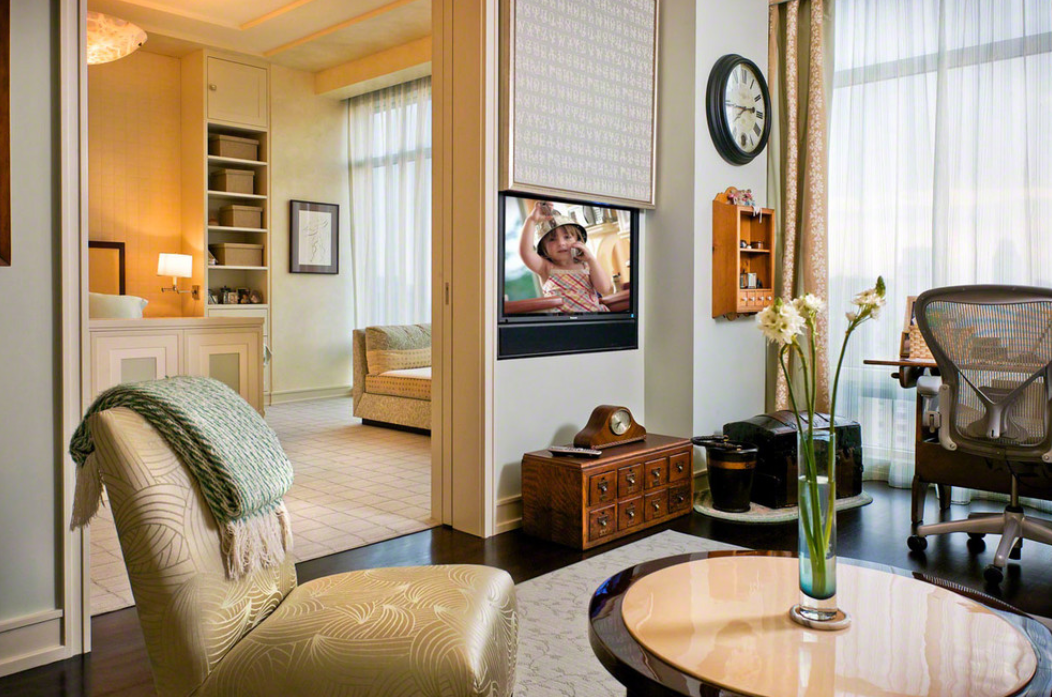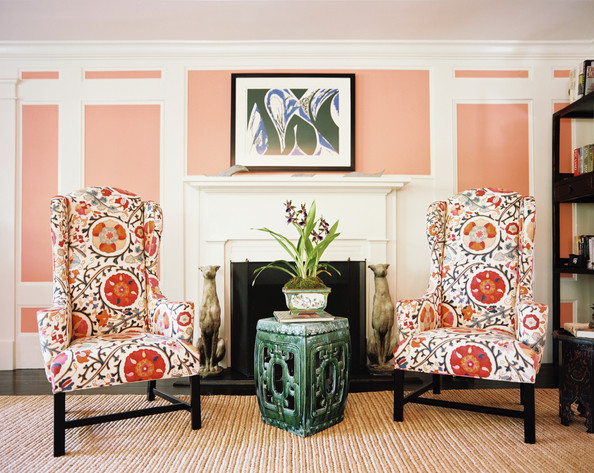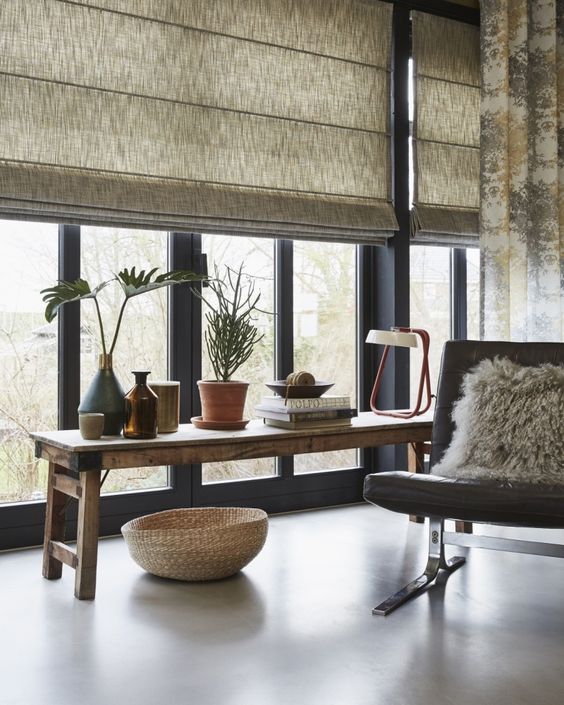An Interior Designer’s Guide to Mood Boards
Reasons Why You Should Create Mood Boards As An Interior Designer
A mood board is a powerful tool used by interior designers to help them better visualize and communicate their ideas. Think of mood boards as being a collage of design elements that helps you share your vision and concepts with clients in a more expressive manner.
Read on ahead to learn more about what makes mood boards so essential for interior designers and how you can create one yourself.
Why should you use mood boards as an interior designer?
One of the biggest challenges that interior designers face is to effectively communicate their design ideas and thoughts to clients. Oftentimes, words alone are not enough to share design concepts and this is where mood boards can help out. Here are 3 key reasons why you should consider using mood boards as an interior designer.
- They provide a more meaningful way to communicate and express ideas
Mood boards allow you to collect your ideas, thoughts, and color schemes all in one place. The purpose of a mood board is so you can formulate and define the theme that you will follow in a project. When you have your design concept on a mood board, it becomes much easier to communicate what you are thinking to clients by actually showing them what you will do.
Think of it like this: you want to explain how you will arrange a specific piece of furniture or use a color scheme to make the living room stand out. When using words, this is difficult to visualize and explain, but when complimenting your words with a mood board like the one below, you can convey your ideas in a much more meaningful manner.
- They allow you to keep your clients involved
Design can be highly subjective since they are a matter of personal taste and preference. As an interior designer, you need to ensure that your vision perfectly matches what the client wants. Something that you think is a good idea might not be what your client is looking for and it is good to have this discussion early on during a project. Therefore, to avoid any misunderstandings and confusion, you need to keep your client involved throughout the design process.
However, it can be challenging for both clients and designers to articulate their ideas with words and this is where creating a mood board can help out. Mood boards help lower the risk of disagreements and changes later on since you are able to show the client exactly what you are thinking early on during the design process.
You start by asking your client to describe (or share pictures of) what they are looking for and then you put in your own design ideas into it to start creating a mood board. Once you have a mood board ready, it is very simple to adjust colors or rearrange and replace elements to meet your client’s expectations.
Take this example of a mood board for a kitchen design. You can start with something similar and then change the colors, furniture, or layout depending on what your client asks for.
Note that during the early stages, the mood board does not have to be very close to what the final design will look like. The first few iterations are only to help you put down everything visually so you can address all of your client’s questions and requirements there.
- They help you in choosing the right color scheme
Selecting the right color scheme for a design can be very difficult, especially when you need to factor in how the décor will look like with the colors. A good approach to tackle this issue is to create a color mood board that portrays the mood that you are looking to set.
This mood board is not just for the furniture and decoration, but instead for the color palette of the entire room or setting that you are working with. Here is a good example of a color mood board to help you understand what we mean.
Once you have a color mood board ready, you can adjust and finetune the colors according to what you think is working and what is not. Having this mood board available also lets you incorporate client feedback on the colors easily and quickly.
How to create effective mood boards?
Now that we know why you need mood boards, here is a guide on how you can create high-quality mood boards for your next interior design project:
- Find the right tool for creating mood boards: The first thing that you need to do to create a mood board is to find the right tool that supports creating and customizing mood boards. This is important because mood boards can be quite complex to design since they bring many elements and colors together to tell a story. Fortunately, there are some great mood board maker tools out there such as PosterMyWall that can help you create a mood board very quickly and easily.
- Use pre-built templates to facilitate the process: Creating a mood board from scratch on your own can be quite difficult. This is the reason the best design tools come with pre-built mood board templates that you can choose from to get started. You can customize any of these templates according to your requirements. Not just this, but tools like PosterMyWall also feature a color-picker tool that provides you with complete control over the colors used in your mood board and allows you to build a color scheme that perfectly matches your client’s requirements.
- Use a color tool to help you out: Picking the right colors to use in a design can be difficult. Sometimes your creative juices are not flowing and you need a bit of inspiration. For this, we recommend using a color tool that helps you in picking the right color themes for your next design. Adobe has a powerful color tool available for free that provides a wide range of features for creating and picking color themes.
- Share, iterate, and finalize: Creating a mood board takes time and you will often not get it right in the first attempt. Therefore, once you create the first iteration for your mood board, share it with your client, take in their feedback and ideas, iterate the designs, and then repeat until you reach a version that both you and your client are happy with.
Visualize your ideas with mood boards
A mood board is an important tool in an interior designer’s arsenal since it can help you bring your thoughts and ideas to life. It helps fill in the gaps that exist when you are communicating verbally with a client using words. Follow the steps that we have shared in this blog post to create mood boards that help you effectively communicate your design ideas.

